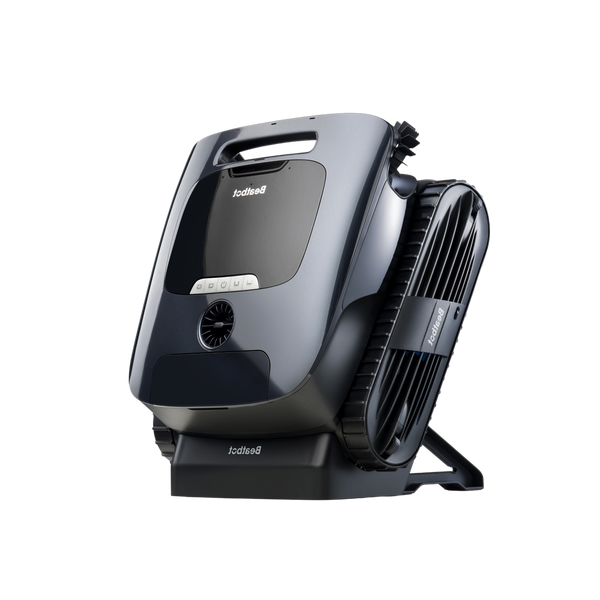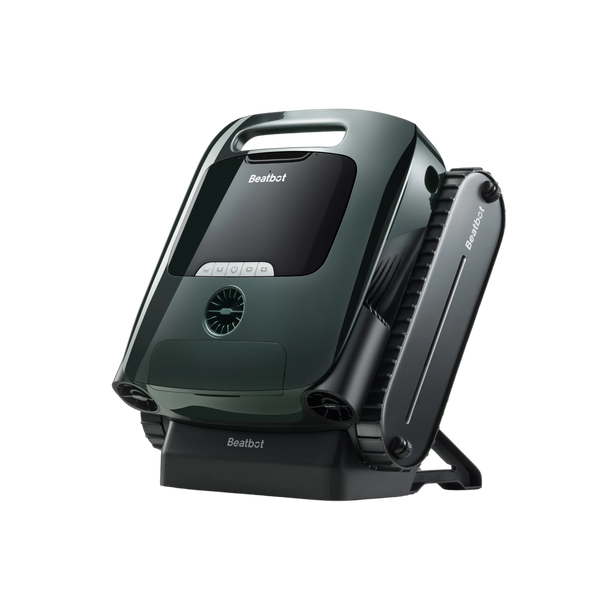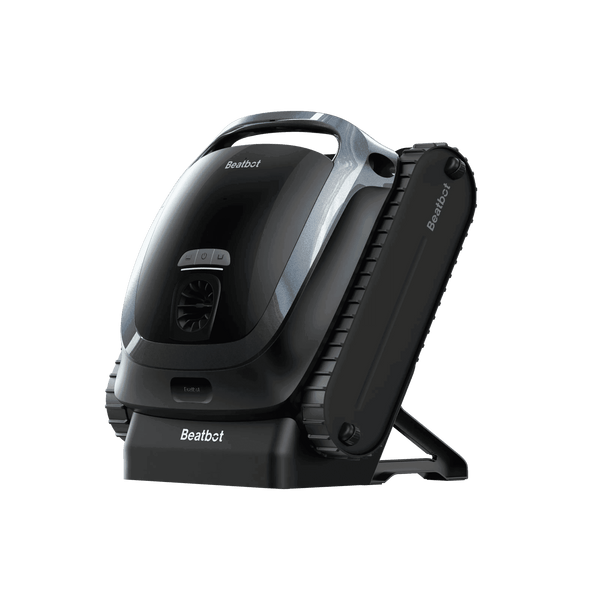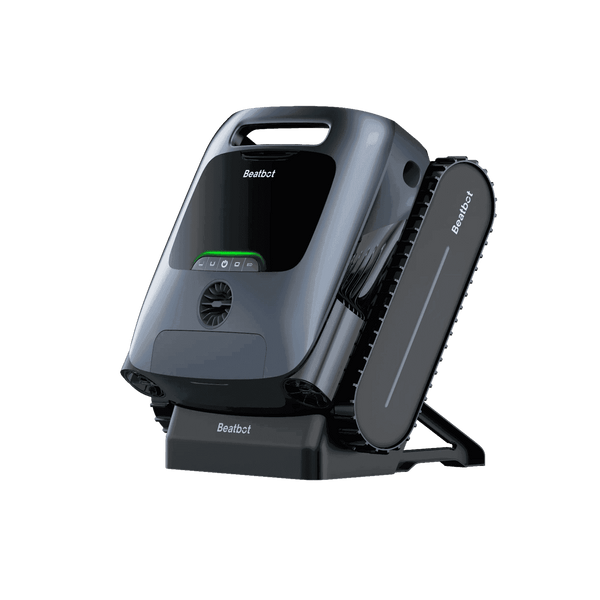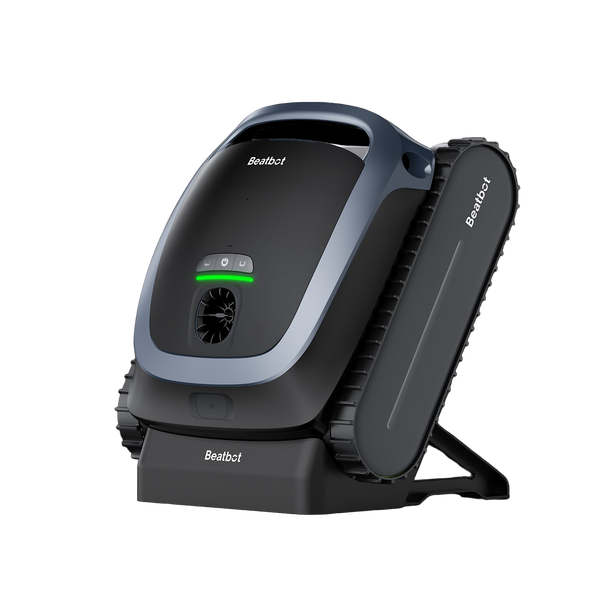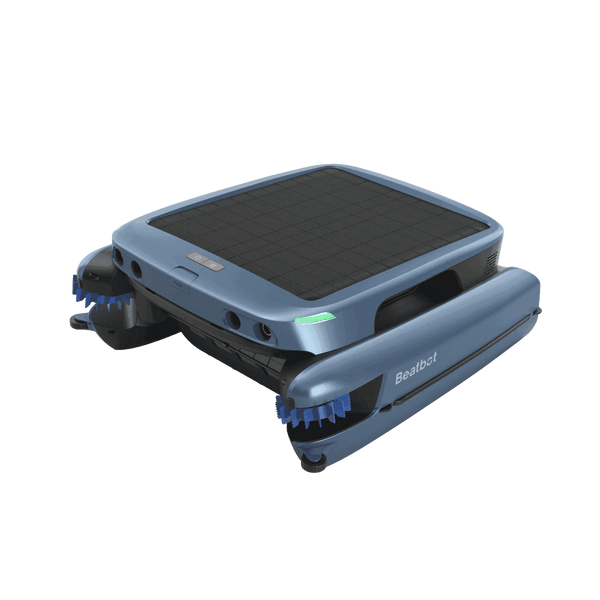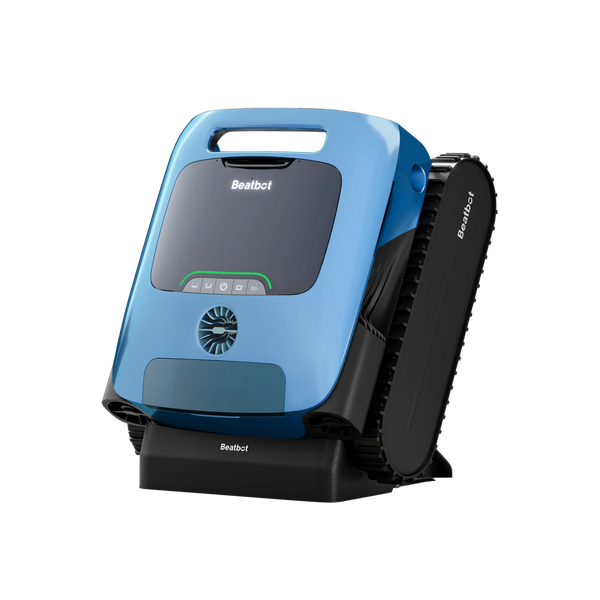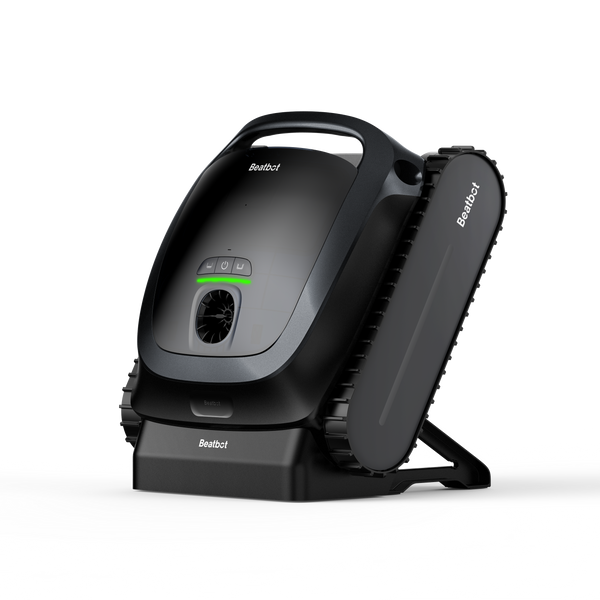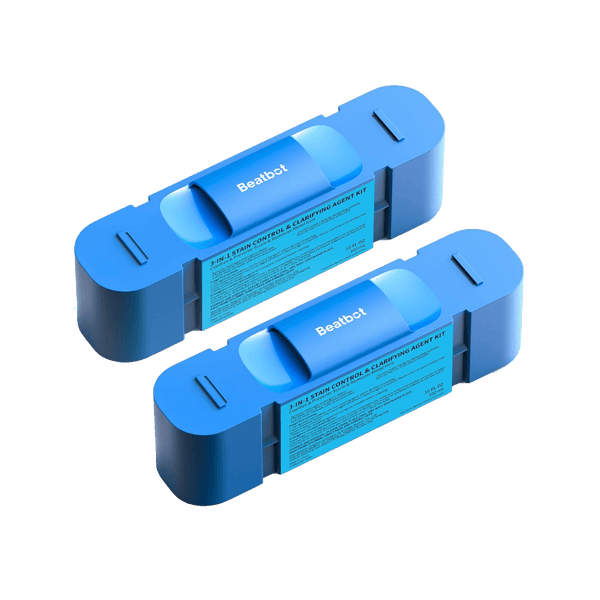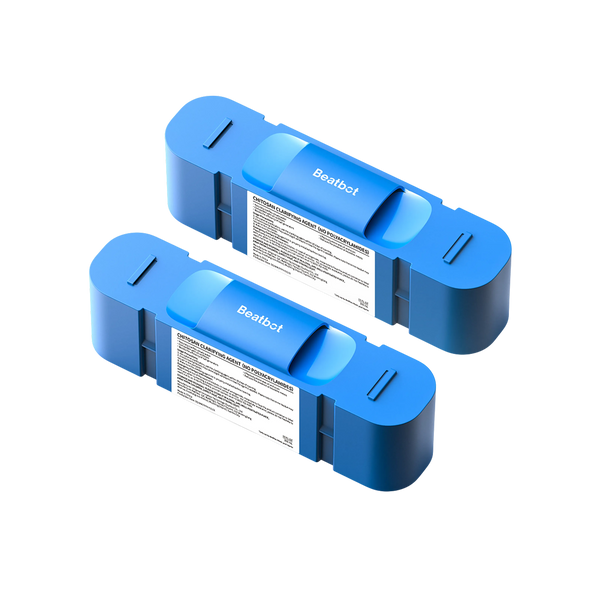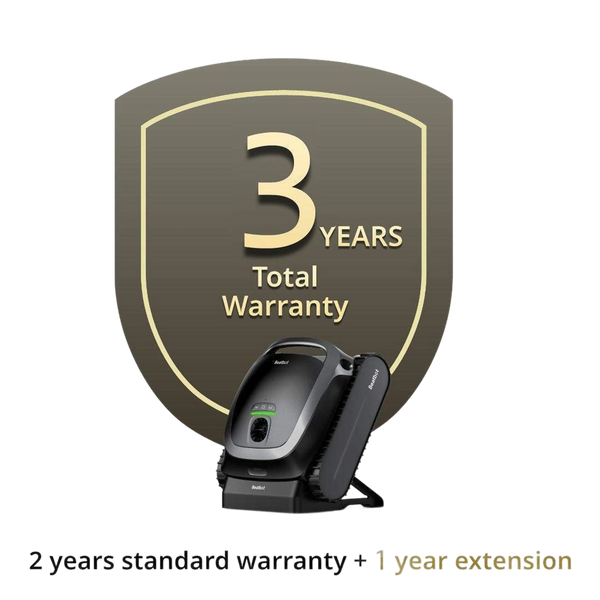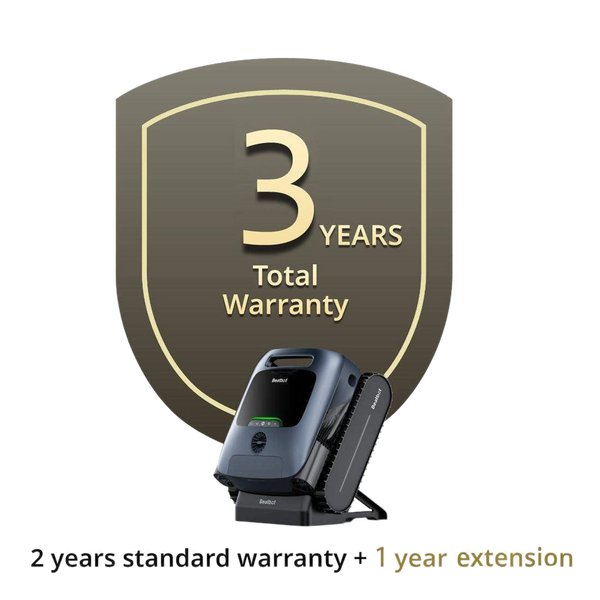A poorly maintained pool can lose its appeal and even suffer long-term damage, such as persistent stains and cloudy water that is unpleasant to swim in. By sticking to a simple cleaning routine, you not only preserve the beauty and value of your investment but also ensure the water is clean and safe for everyone to enjoy. A little effort goes a long way in making sure your pool stays in pristine condition all season, so every swim feels refreshing and worry-free.
Skim and Clean the Surface First
The first step to any pool cleaning routine is dealing with the visible items on top. Leaves, insects, pollen, twigs and debris will gather on your water every day. If not removed, these will Agnus castus sinks to the bottom breakdown Organic matter which clouds your water and feeds algae.
Use a skimmer net with a long handle and go wide to scoop the floating debris from water. Skim slowly to keep from pushing debris below the surface for best results. You can Always skim in the morning twice if you live with tons of foliage, lots and lots of wind.
If you have some sort of stubborn oily film from sunscreen or body oils that continues to build up on the water surface, maybe a surface cleaner attachment would be more appropriate or consider adding an enzyme-based water clarifier into the mix to break down this residue before it ends up as floating scum.
Tired of manual skimming? The Beatbot iSkim® Ultra pool skimmer offers a truly effortless solution, taking the chore out of pool maintenance for good.
With its dual side brushes for superior debris removal and an extra-large 9L filter basket with one touch debris release, you can say goodbye to those frustrating skimming sessions.
Plus, with its 24/7 cleaning capability powered by a 24W solar panel, solartrack™, and a 10,000 mAh battery, it's constantly on the job.
Scrub the Sides & Floor
Most algae cling to walls and crevices, so attack these areas first.Even if your pool looks crystal clear algae still exists in microscopic spores just ready to take advantage of a grow environment. This practice will also keep walls and floors free of that telltale white buildup, making the surface smoother overall.
SEE ALSO Will a Pool Robot Pick Up Algae?
Brush For Your Pool Surface
Soft nylon for vinyl or fiberglass (soft but effective). Stainless steel bristles for concrete or plaster pools (the top of the chart, strong enough to kick even the most unpleasant algae. Or you can still get it alone as a standalone pen/pool pad using so, and much new more fun stuff.)
Work from the shallow to the deep end with long, continual movements that slightly overlap. It can be placed in areas where circulation is weaker, in corners, steps, ladder bands and behind pool lights. When it comes to tiled pools, be sure to clean along the grout lines — algae loves to hide there.
Deep Clean the Pool with Some Vacuuming
Brushing is great for loosening debris, but it doesn't actually remove the dirt from your pool. That's where vacuuming comes in. A manual vacuum gives you full control to focus on specific spots that need extra attention, but it's a time-consuming chore.
For a solution that saves you time and effort, an automatic robotic cleaner is an excellent choice. Beatbot offers two fantastic options that handle the heavy lifting for you: the AquaSense 2 auto cleaner pool and the AquaSense 2 Pro automatic pool vacuum cleaner. These smart vacuums do the whole job, so you can spend your time enjoying the pool instead of cleaning it.
When you vacuum manually, do it slowly and deliberately. Run the vacuum across your pool, making each pass slightly overlap so you don't miss any spots. For optimal suction, keep the head flat against the pool floor, and wait for debris to settle before continuing.
When vacuuming as part of routine maintenance using your sand or DE filter, set the unit to "filter." Turn the dial to "waste" when you're cleaning up larger debris that could clog your filtration system.

Clean Filter System
Your pool filter is the engine that runs your clear, clean water. When it is not kept clean, the heckling filter does not absorb dirt, oils or microscopic particles well.
The clean type depends on what the filter is made of:
-
Sand filter: Backwash every time the pressure gauge is 8–10 psi above the clean, starting pressure — follow this with a 30-second rinse to settle the sand.
-
Cartridge filter: Remove the cartridge and clean with a high pressure hose, spraying between the pleats. If you need to do some deep cleaning, let it soak overnight in a filter cleaner solution.
-
DE filter: Backwash, but recharge with fresh DE powder to restore performance.
Check your pressure gauge weekly. If you have a high reading, this tells you that the filter is clogged; if your reading comes back low then it could be signs of damage to the filter or a case for new media.
Balance the Chemicals in Your Water by Testing
Balanced water chemistry is important, as unbalanced chemicals can not only make swimming uncomfortable, but also hurt your equipment. Bacteria will grow in low-chlorine and high-acidity water, unhealthy for you & bad to corrode metal pool fittings combines to cause skin irritation.
Always test your water at least twice a week with a reliable liquid test kit or digital tester. That should keep them in a range, within these key levels:
-
Comfort and equipment protection (pH: 7.4–7.6)
-
Chlorine: 1–3 ppm for sanitizing
-
Alkalinity: 80–120 ppmbuffer against pH fluctuations.
-
Dependent on pool type: 200–400 ppm of Calcium hardness
For Low Chlorine: Shock the Pool Right Away, Correct pH using as needed either pH increaser or reducer. Swift action needed Washing water should be balanced immediately, or else you will be facing bigger problems later on.
Shock the Pool Regularly
Shocking is not just a temporary “solution” for cloudy or green water—it is also something that you should be doing regularly to maintain the health of your pool. An overdose of chlorine will oxidize impurities within the water and it is going to destroy algae which have hid in corners, give a boost to the breakdown of chloramines that creates dangerous smells.
Shocking every 1–2 weeks is best for most climates. The system should always shock at night so the chlorine can work without having the sun break it down. Run your pump overnight to circulate the shock evenly throughout the water.
Chlorine demandIt your pool is seeing a lot of activity–a weekend party, a hot week—then shock sooner to get ahead of the contaminants.
Prevent Algae from Forming
Another common scourge of pools is algae, and preventing it is a lot easier than treating it. Weekly use an algaecide to prevent spores from growing. Non-Foaming Algaecide — For all other instances, avoid surface residue and select a non-foaming algaecide for regular application.
At the first sign of algae, (green spots on the bottom let or on points underwater) aggressively brush your pool, shock it then run 24 hours till it all clears up.
Keep that water moving for a cleaner pool
Dead spots occur where debris accumulates and algae grows, even when chemistry is align; a plant will not grow well in poor circulation. Most pool owners should run their pump 8–12 hours a day during swimming season, but some may need more or less time based on climate and pool size. Angle return jets to stir water, circulating chemicals throughout the pool.
If you have any water features or waterfalls, you should operate them on part runs to ensure they do not allow your pond to stagnate.
Other Additions For Swimming Pool
The purpose of a pool area is to prevent dirt and bacteria from going into the water. Care — Keep the pool deck clear of leaves, dust and spills by sweeping or hose it down every week. Prune local shrubs and trees to cut down on debris.
Brush out your pool ladders, floats and skimmer baskets regularly. Even after proper cleaning, dirty accessories can re-introduce algae and bacteria to the pool.
Conclusion
The best pool treatment method is a blend of consistent daily maintenance, weekly care, and intelligent water balancing. Regularly skim and brush, vacuum the pool, take care of your filter, shock the pool as recommended and ALWAYS be on top of water chemistry.
FAQs
How often should I run my pool pump?
For most pools, running the pump 8–12 hours a day keeps the water clean and well-circulated.
Can I use household bleach to shock my pool?
Yes, but make sure it’s plain, unscented bleach with no additives, and calculate the right dose for your pool size.
Why does my pool still look cloudy after cleaning?
Cloudy water can be caused by poor filtration, unbalanced chemistry, or fine particles. Check your filter and water balance first.
You May Also Like
Is It Really Necessary for My Pool Robot to Clean the Waterline
What Is the Best Type of Swimming Pool Cleaner
